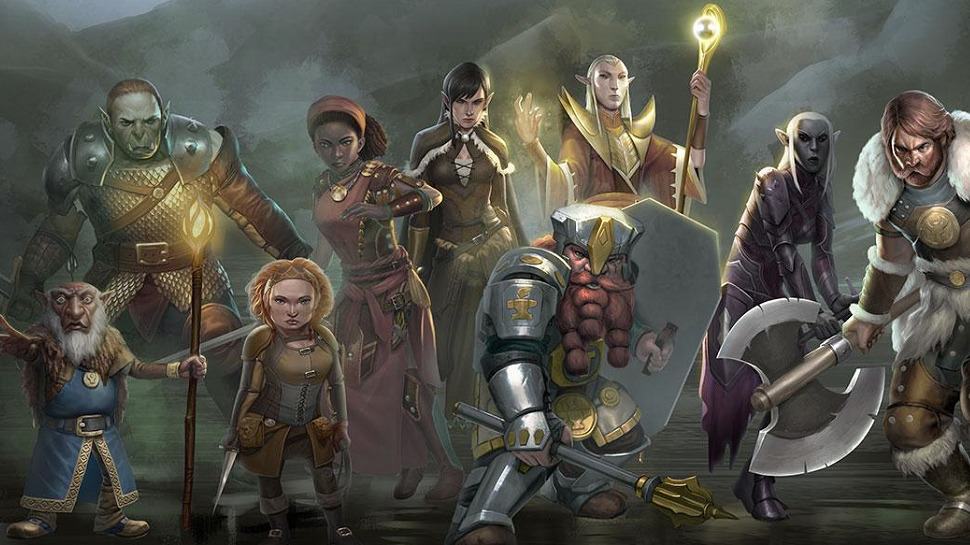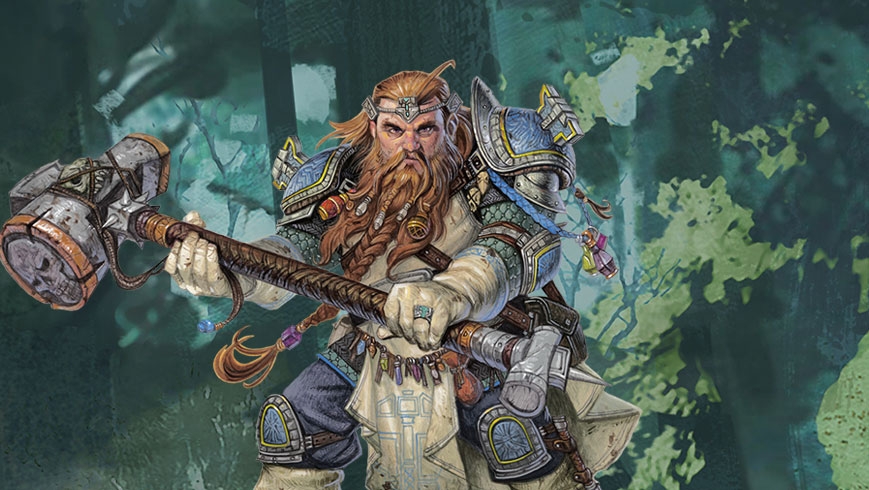Clerics in Dungeons and Dragons have been around since the publication of the very first book for the game. It is an original class. The cleric began life as sort of a hybrid between “fighting men” and “magic users.” The cleric could wear armor and use some melee weapons in combat but could not use edged weapons. This was considered to be against their religious restrictions. This restriction was eliminated in later editions.
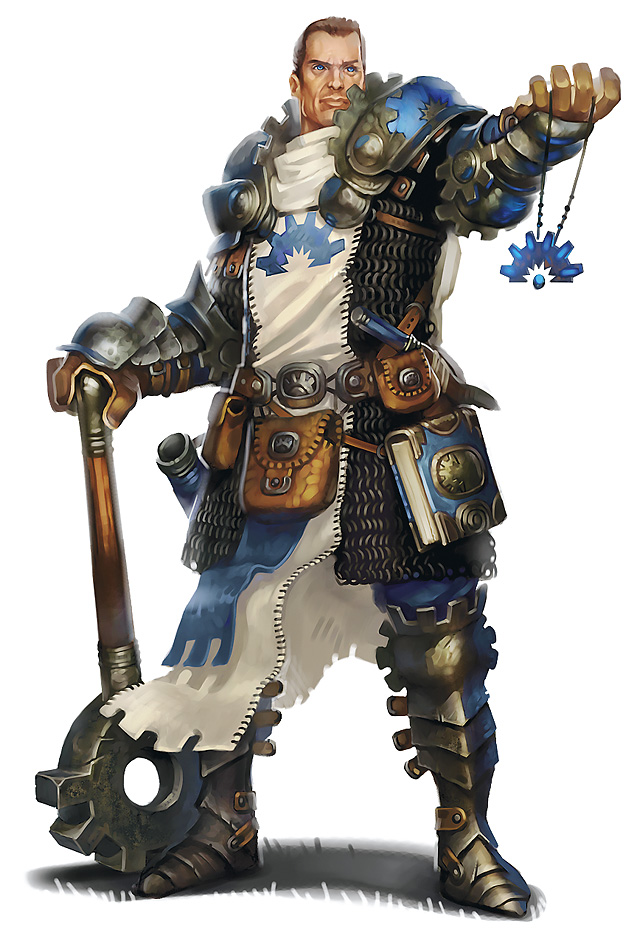
Clerics in Dungeons and Dragons 1st Edition
The cleric was a standard class in Advanced Dungeons and Dragons 1st edition. It was one of the listed core classes one could choose from. The only races eligible to be a Cleric in 1st Edition as player characters were humans, half-orcs and half-elves. All other races could only be clerics as NPCs. The only race that could not be a cleric at all was the halfling. Some races, however, were only able to achieve very low levels as a cleric. Only humans would choose to be a cleric only as they are not limited in level. Other races would likely choose to multi-class with cleric as one of their class options.
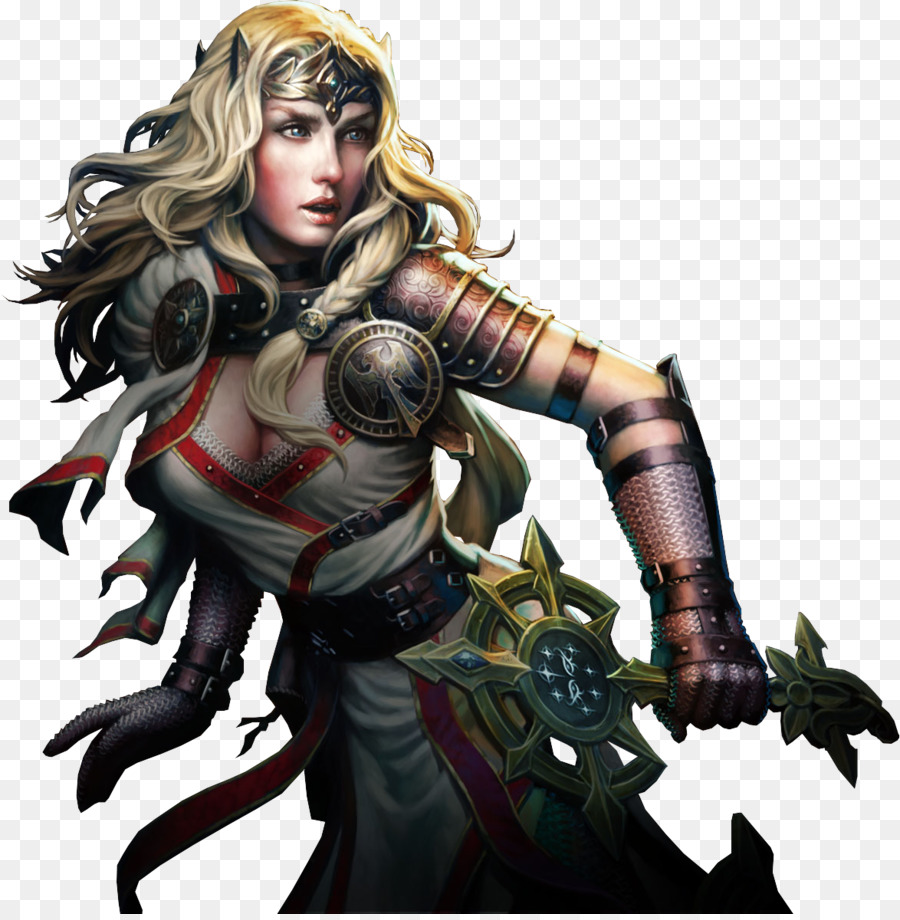
In 1st edition the cleric hit dice were improved to a D8 instead of a D6. A first level cleric could now cast one spell (instead of none at 1st level in Original D&D). Druids were considered a sub-class of the cleric in this edition. In 1st edition a high wisdom score gave the cleric additional bonus spells and a reduced chance of spell failure.
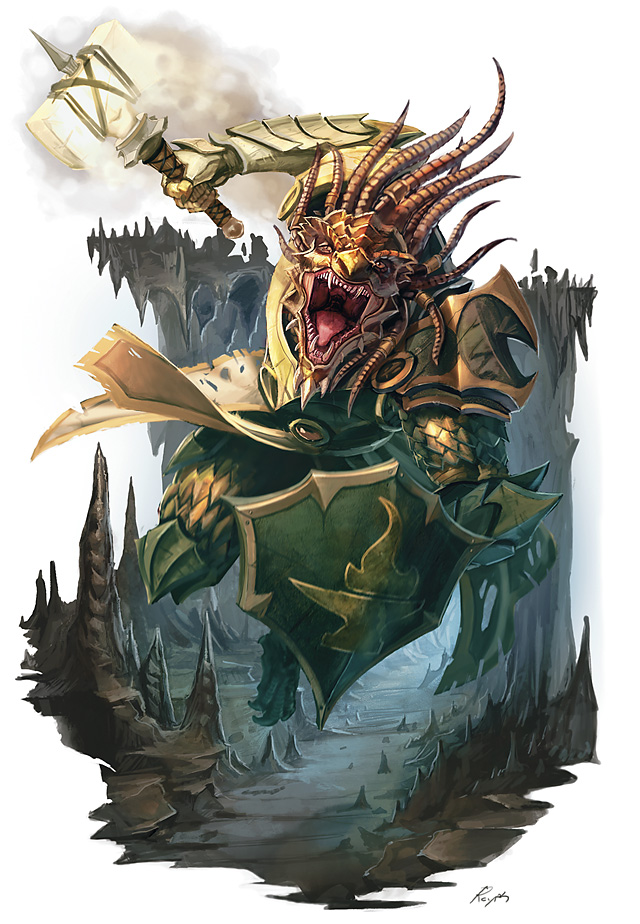
A cleric was required to have a minimum wisdom score of 9. With a greater than 15 wisdom score the cleric gained a bonus of 10% experience. A cleric in 1st edition could be any alignment except true neutral. This alignment was reserved for their sub-class (druids).
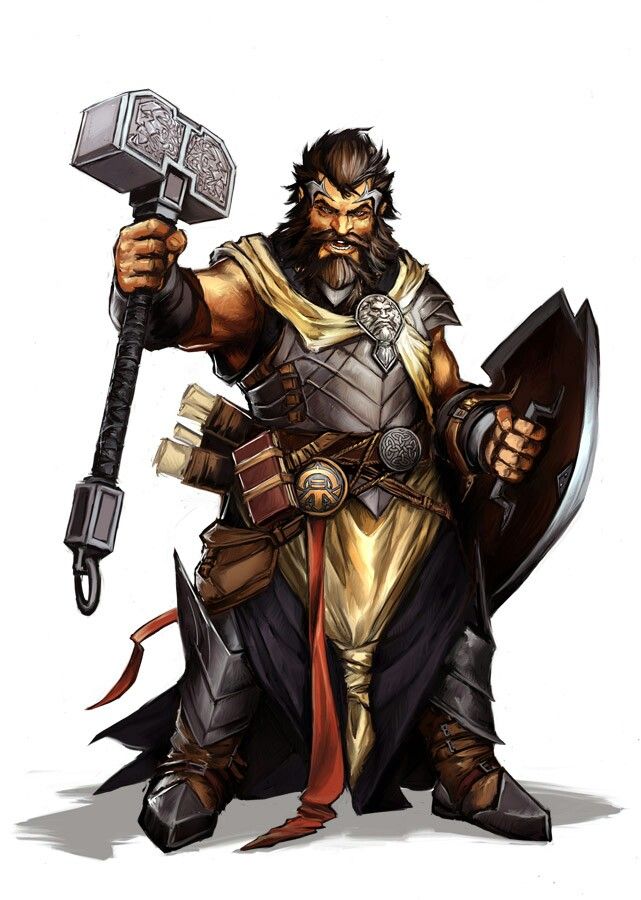
The 1st edition cleric had no need for a spell book. Their spells were received from their deity after meditation and prayer. Edged weapons were still forbidden to the cleric. Shedding blood was still considered something that a cleric could never do.
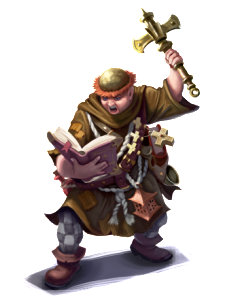
The primary functions of a 1st edition cleric are healing and turning the undead. Most of the spells available to clerics in 1st edition were healing related or defensive in nature. There were only a handful of damage dealing spells. However, the cleric could reverse many of the healing spells available to them to inflict damage. But alignment might restrict this kind of use of the spells.
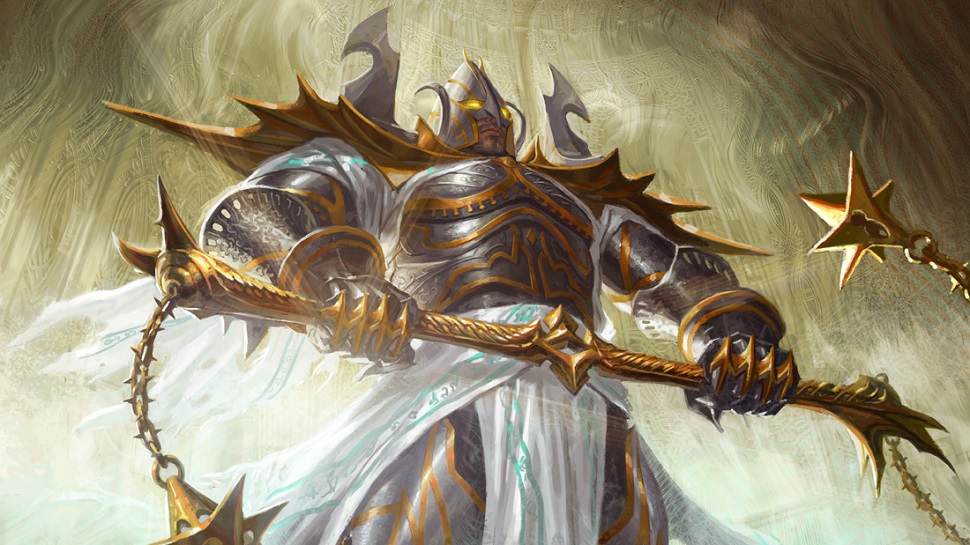
Clerics in Dungeons and Dragons Basic
Clerics were available as a standard class in Basic. A more limited spell book was available to them than in 1st edition but the other general rules were very similar.
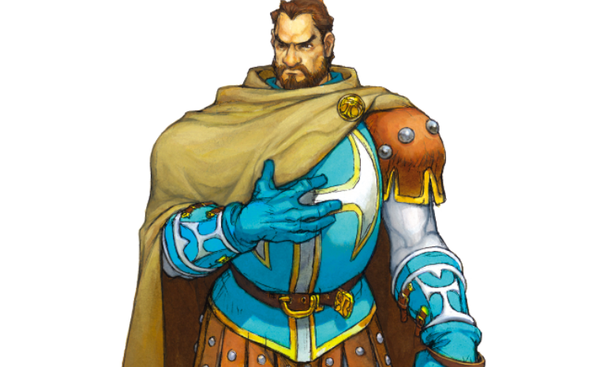
Clerics in Dungeons and Dragons 2nd Edition
Clerics in 2nd Edition were part of the “Priest” group of classes. Like in 1st edition they still could not shed blood and were required to use blunt weapons such as maces or flails. They could still wear heavy armor and engage directly in melee combat with more efficiency than magic users or thieves.
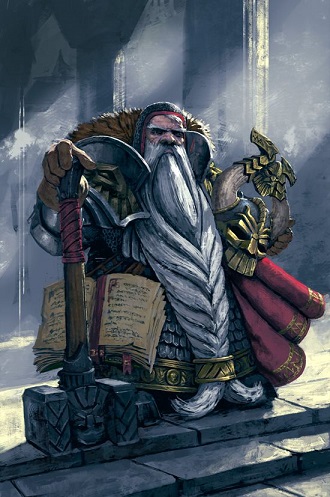
Both 1st and 2nd edition suggest that religious orders such as the Knight’s Templar were the inspiration for creation of this class. The complete priest’s handbook takes the class into further detail.
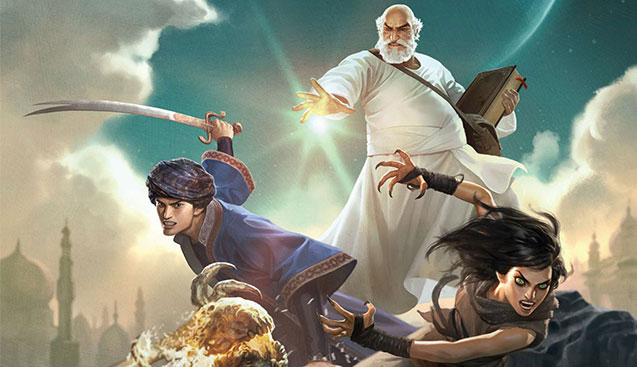
Unlike in first edition the cleric in 2nd edition received spells according to the deity that he or she worshiped and what that deity’s philosophy was. A healing oriented deity would be more likely to grant healing oriented spells than damage dealing ones for example.
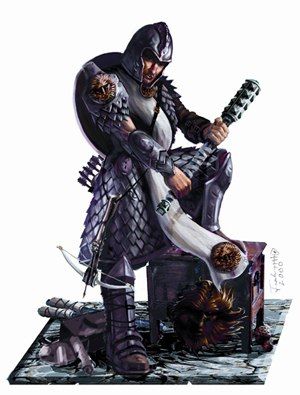
Clerics in Dungeons and Dragons 3rd Edition
In 3rd edition the cleric no longer had to worship a specific deity in order to receive spells. Unlike in prior editions the cleric no longer obtained these spells from their deity directly.
Wisdom was still a key attribute for spell casting. The cleric was required to choose two domains to focus their training on. These domains had spell lists associated with them for the cleric to prepare.
Clerics no longer had the restriction against edged weapons in this edition. They could use heavy armor and shields. They could not, however, use tower shields. They often chose to wield the signature weapon of their deity.
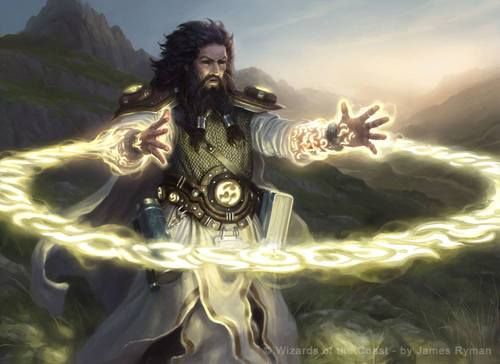
Clerics in Dungeons and Dragons 4th Edition
Like all classes in fourth edition the cleric a certain number of attack powers per level. The fourth edition PHB lists two possible builds for a cleric. One could play a battle cleric or a devoted cleric. The battle cleric focuses on offense. Prayers were strength or melee related. The devoted cleric was more of a support role.
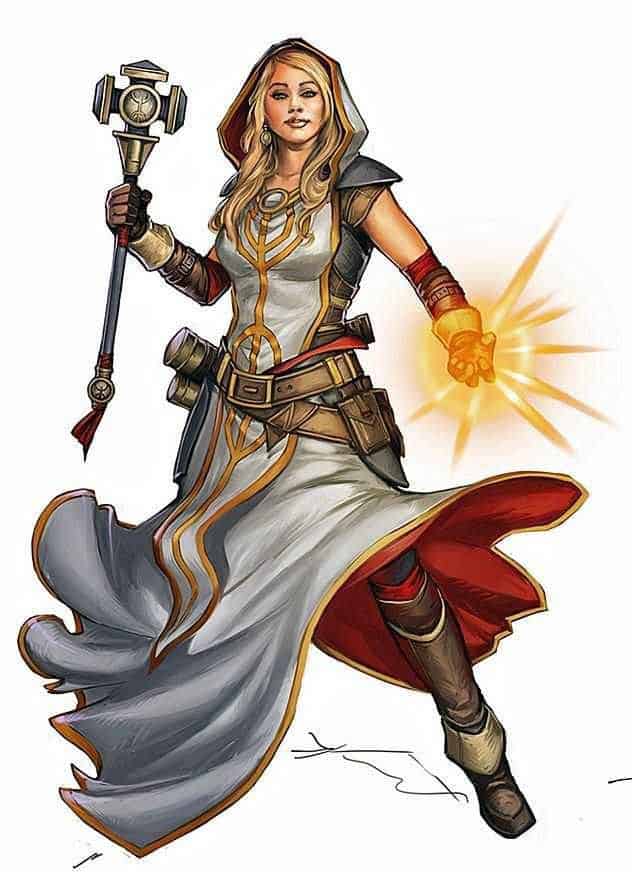
Clerics in Dungeons and Dragons 5th Edition
In 5th edition the cleric is one of the core classes offered. A cleric can choose from seven domains: knowledge, life, nature, tempest, trickery or war. Each of these domains gives different spell lists.
- Life Domain values healing
- Knowledge values learning and understanding
- Trickery values deception and disrupting
- Light values rebirth and renewal
- Nature values protection of the natural world
- War values fighting for one’s faith
- Tempest values the power of the natural world
The fifth edition cleric channels the divine power of their deity. The power of their gods flows through them. They are the divine agents of their gods on this world. They often begin their adventuring life because their gods demand it.
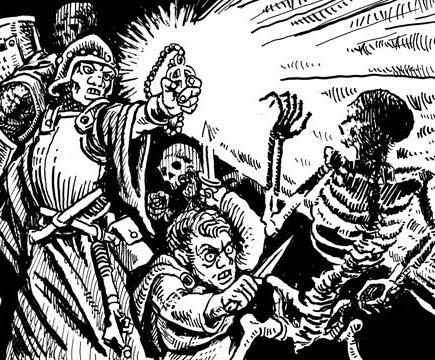
Clerics Turning Away the Dead
One consistent aspect of the cleric through all editions is the ability or power to turn away the undead (and sometimes even demons or fiends). In the early editions of the game the cleric began with this ability. In later additions, such as fifth edition, the cleric gains limited ability to turn undead at 2nd level. The ability to destroy some undead is achieved at 5th level.

In a sense the cleric was a kind of “Van Helsing” type of character. The cleric would display the holy symbol associated with their deity and use their faith in their god to force the foul creature of the night to flee.
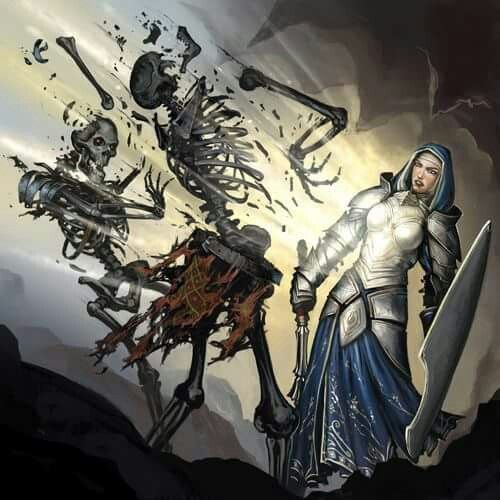
At higher levels the paladin could also turn away the undead in early editions. In fifth edition a paladin with an oath of devotion could use his divine faith to turn away the unholy. One who has taken the oath of the ancients could turn away the faithless. Paladins of other oaths could do neither of these. Unholy encompasses undead and fiends. Faithless encompasses fiends and fey.
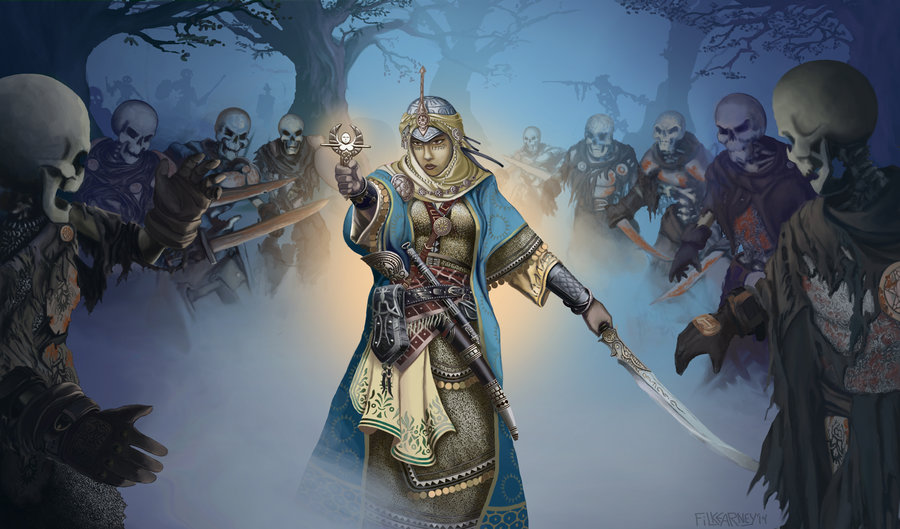
Clerics as Healers in Dungeons and Dragons
In all editions of the game the cleric is often the provider of healing. All editions of the game provide some healing in the spell lists available for the class. Some editions provide paths for a cleric to take which might make the character less inclined to be the healer. But that is a matter of choice for the character in question.
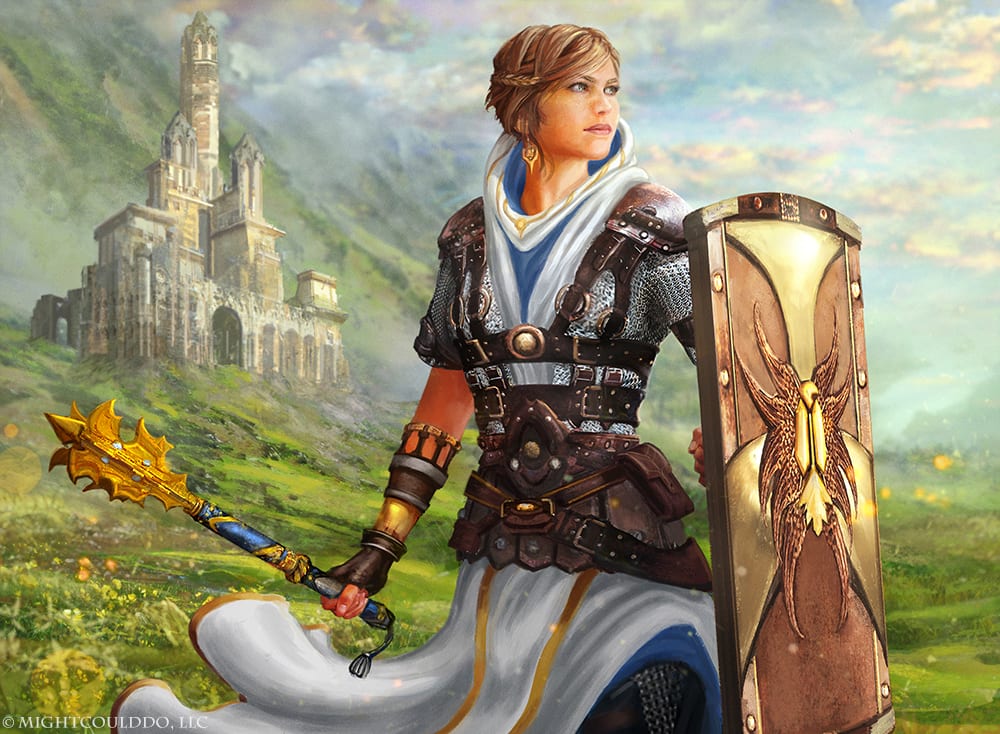
Ultimately most adventuring parties need healing available to them in the course of an expedition into some dungeon or tomb. Without such healing the party is at great risk. Clerics have not always been the most popular class for players in Dungeons and Dragons. In many MMORPGs the Cleric class is so uncommonly chosen that other players are desperate to invite them to their groups. Healing (and turning the undead) are just not that exciting. As a result many Dungeons and Dragons groups chose to hire an NPC cleric to travel with (in the editions where this was possible).
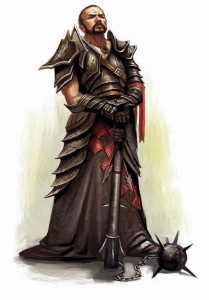
Clerics are a necessity in the dark places where adventurers go to explore
Without healing an expedition is often doomed to failure. Without the ability to turn away the undead a group is in severe danger in a tomb or crypt environment. In early editions of Dungeons and Dragons some types of undead had the terrifying ability to drain away the life force (experience levels) of characters that they could touch. Naturally having a cleric along to make these horrors flee was of paramount importance to success.
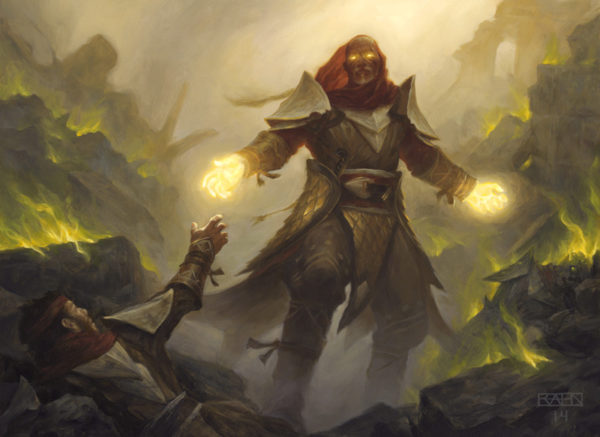
Ultimately any group can benefit from having a cleric with them. Healing spells and turning the undead are certainly helpful. And in later editions the cleric could become a successful damage dealer with their spells as well.
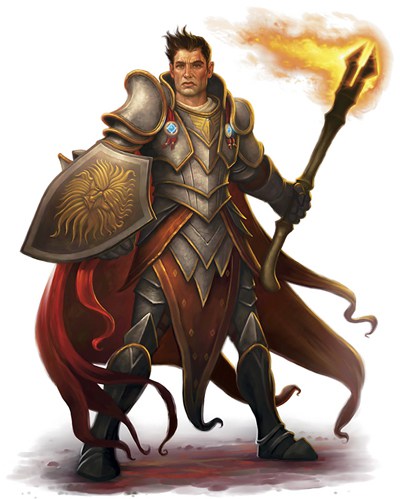
If you enjoyed this article then you might enjoy these:
- Druids in Dungeons and Dragons
- Rangers in Dungeons and Dragons
- Illusionists in Dungeons and Dragons
- Bards in Dungeons and Dragons
- Paladins in Dungeons and Dragons
- Monks in Dungeons and Dragons
